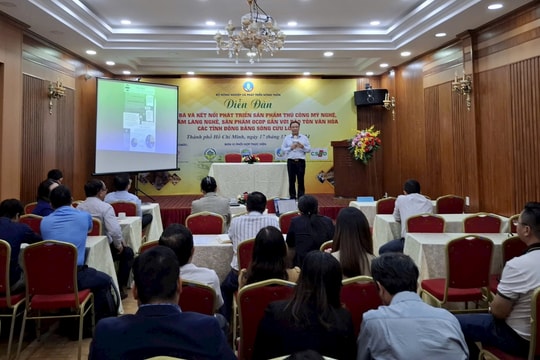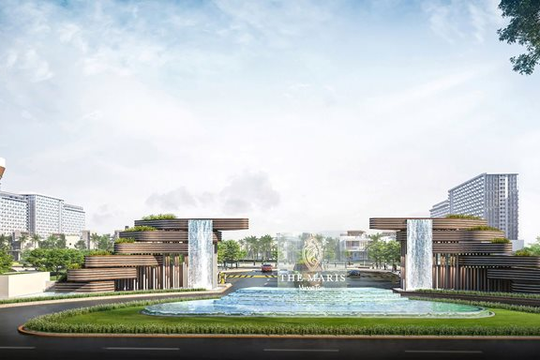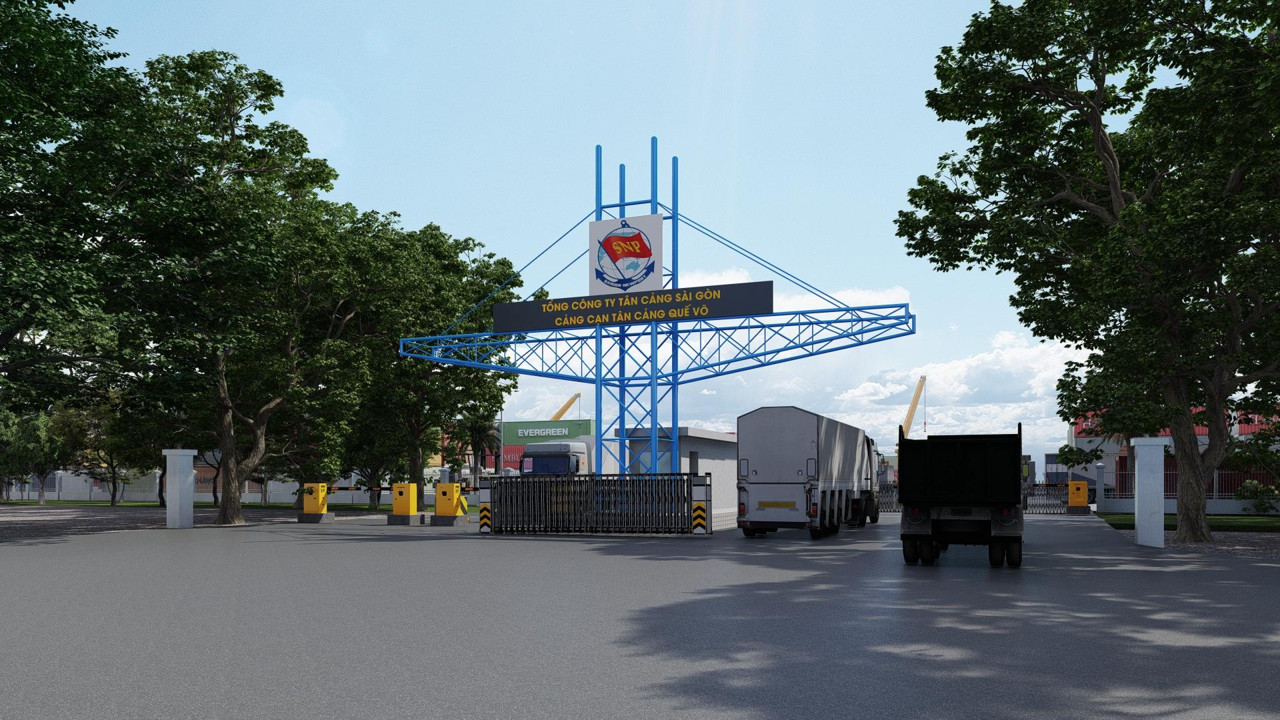
The optimal transportation plan in the time of COVID-19
In the Northern region, more than 90% of cargo is currently transported by road transport, putting pressure on National Highway 5, National Highway 5B, and National Highway 18 - connecting industrial parks with the seaport system in Hai Phong. In addition, in the time of complicated development of the COVID-19 epidemic, localities had to apply many epidemic control measures on the roads, making road transport modal more difficult. Enterprises in the North fell into a passive state when they could not move cargo in time, incurring many additional costs as fuel fees, testing fees, trailer storage fees, vehicle storage fees, etc.
From the reality, manufacturers, transport enterprises, and importexport enterprises need to choose a new superior transport method to ensure the supply chain and export-import plans, especially in the last months of the year when the volume of cargo increases. With advantages such as default priority on green line during the epidemic period, large transport capacity, and low discharge, in addition, the waterway system in the North has also met requirements of connecting to ports, so inland waterway transport is considered as the optimal transport option, in line with the criteria that enterprises in the North need, especially in this time of COVID-19.
Statistics show the volume of container cargo transported utilizing water transport in the North is growing positively. In the first 09 months of the year, the volume of inland waterway transport has increased 7.8% year-over-year compared to last year. Particularly for containers transported by watercraft through Hai Phong seaport in 2019 reached about 40,000 TEUs; in 2020, they reached over 73,518 TEUs; only in the first 08 months of 2021, they reached more than 64,100 TEUs, and it is expected they will reach 100,000 TEUs in 2021.
Talking about efforts to develop waterway transport, Bui Thien Thu - Director of the Vietnam Inland Waterway Administration- said: “We are proposing to the Government many policy solutions to create conditions to promote modals of inland waterway transport as investing and upgrading of waterway infrastructure; offering free loading and unloading of containers and bulk cargo to support port operators; giving exemption and reduction of land tax and water-surface-use tax for new investment projects; offering free seaport infrastructure fee for goods transported by inland waterway…”.
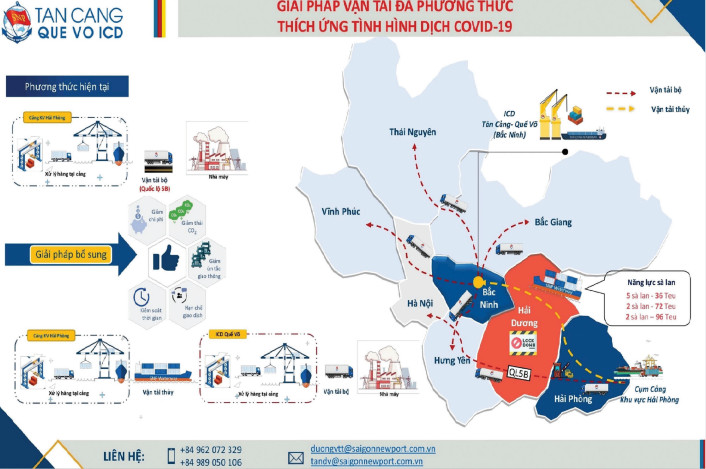
Previously, in September 2020, the Prime Minister approved Directive No. 37/CT-TTg to promote the development of inland waterway transport and coastal transport by inland waterway transport modals. This milestone creates even more powerful developments of this method in the future.
Suitable for the trend of green logistics
Green logistics includes all efforts to minimize ecological impacts from logistics activities, aiming to create sustainable value when balancing economic efficiency and environmental protection by reducing CO2 emissions, saving costs, optimizing the supply chain, and vigorously promoting business.
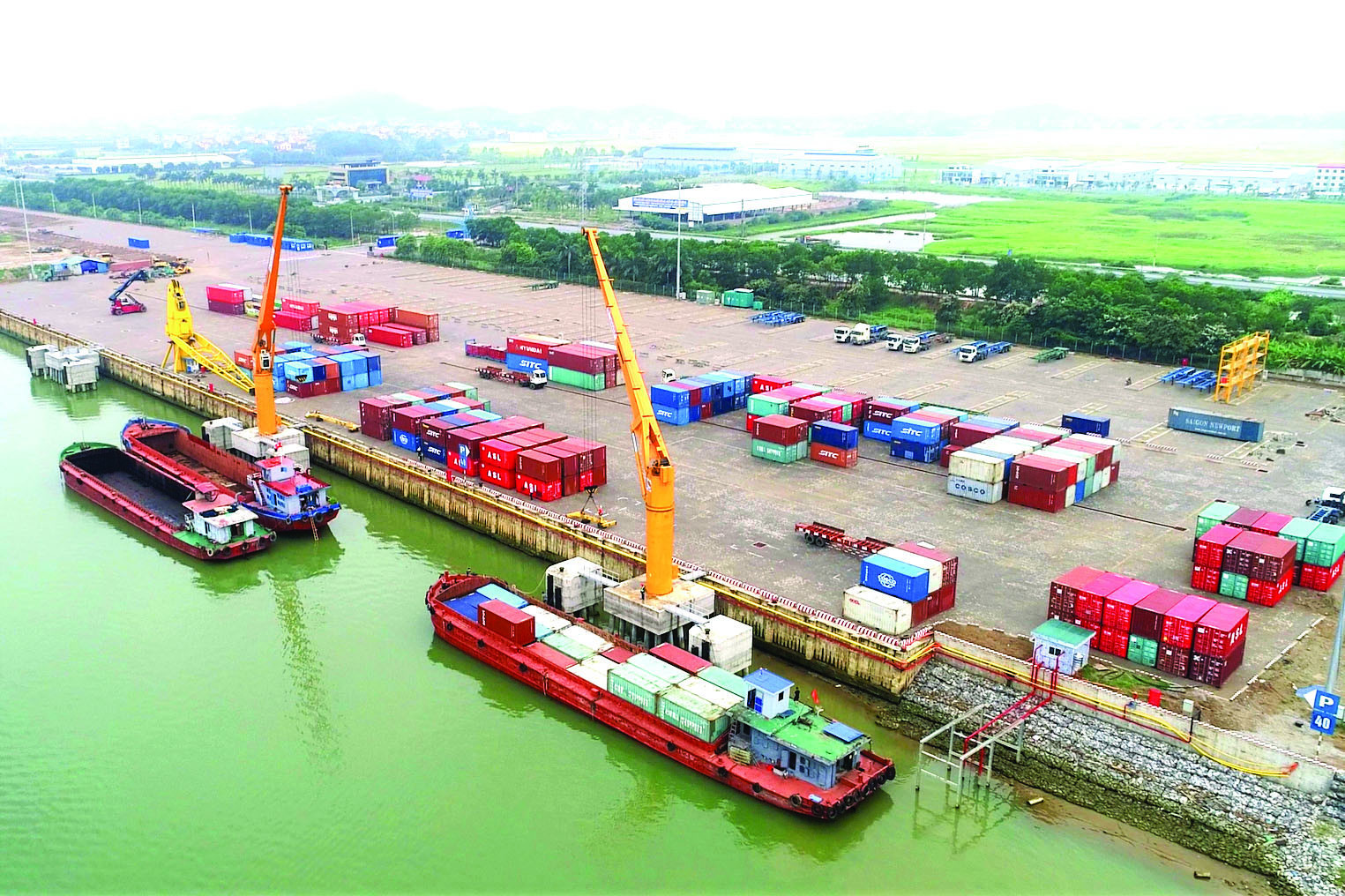
Inland water transport by barge has proven to be environmentally friendly through the fuel consumed per ton of cargo transported. According to a study by American River Port Association, with the same 1 liter of fuel to carry the same ton of cargo, barges can travel 85km. In contrast, tractors can only travel a distance of approximately 10km. In addition, barge routes are often located away from densely populated areas, helping reduce noise and environmental pollution problems, in line with the urbanization planning of the provinces and cities.
Tran Hoang Vu from Maersk Line said eliminating CO2 emissions is a strategic need for the logistics industry and shipping lines. If the logistics business does not focus on environmental protection, it will no longer match requirements from customers because customers cannot integrate with their products. Now, Maersk Line is ramping up its CO2 reduction efforts step by step, moving towards complete zero- CO2 emissions in its operations.
Green logistics solution: combination of road and waterway transport
As a leading port operator and logistics service provider in Vietnam, over the years, SNP has always shown its pioneering role in building green port, green logistics, and applying electronic forwarding and paperless documents (Eport and EDO). Under the SNP system, Tan Cang Cat Lai Port and Tan Cang Cai Mep International Container Terminal (TCIT) have been awarded the Green Port Award by the Apec Service Port Network Council. Tan Cang Waterway Transport(a member of Saigon Newport Corporation) has deployed a lot of waterway connecting services in the southern key economic zones: connecting water transport services from the Port Group of Cai Mep, HCMC, and Mekong Delta to Cambodia with the active participation of units in the system.
Applying the effectiveness of the above method in ensuring supply chain connectivity in the Northern region, SNP has also developed a multimodal transport solution (combination of water- road transport) for smooth cargo transport from Bac Ninh to Hai Phong to meet production demands. This solution has been implemented synchronously between Tan Cang Waterway Transport and other land transport units with a transshipment point at ICD Tan Cang - Que Vo (the port has received the Decision on Announcement of Inland Ports from the Ministry of Transport since August 19, 2 0 2 1 , and customs clearance place at the import-export port of the Ministry of Finance since September 28, 2021), Tan Cang 128 port, Tan Cang 189 port, Tan Cang deep-water port - HICT and other ports in Hai Phong.
Tran Van Cuong - Director of ICD Tan Cang Que Vo - said when applying the combination of water- road transport method in the SNP systems, customers not only contribute to reducing road loads and reducing emissions for the environment but can also reduce costs by 15% - 30%. With the transshipment point at ICD Tan Cang Que Vo, customers will shorten the delivery time to Bac Giang and Bac Ninh factories.

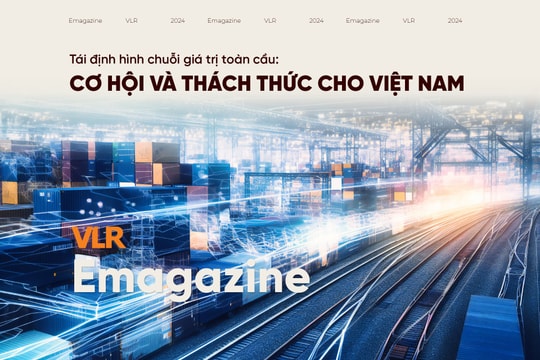
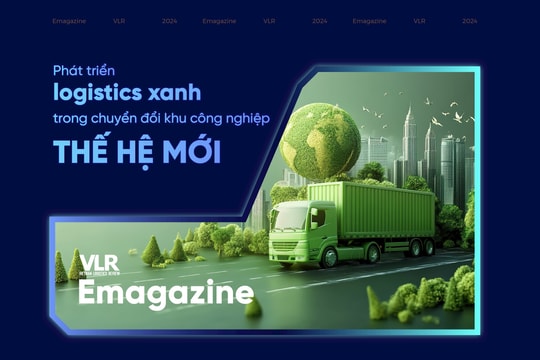






.jpg)
.jpg)
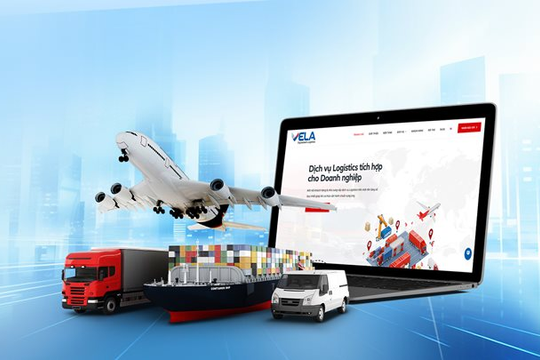
.jpg)
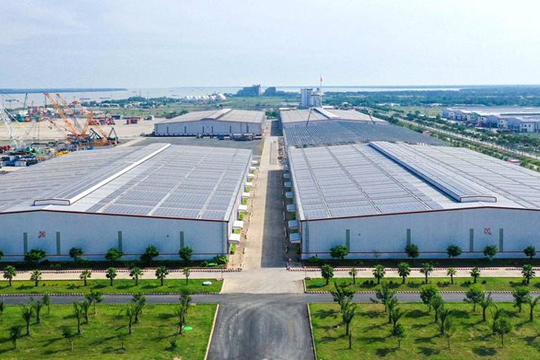
.jpg)
